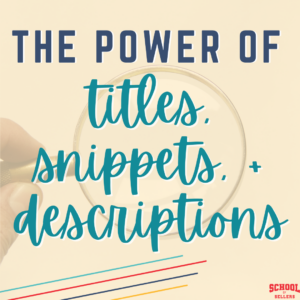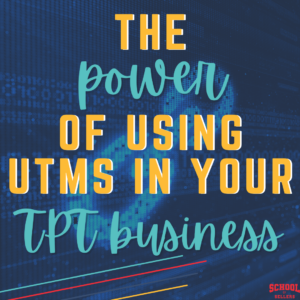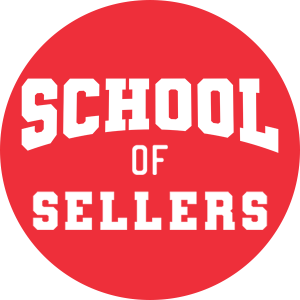Sales pages are often used to sell courses in the TpT world, but they can also be used to sell your TpT products and bundles! If you’re not sure how to create a sales page that will help you sell more TpT products, then you’re in luck! In this post, I will share some tips that I learned from our June Ignite challenge: Sales Pages That Slay.
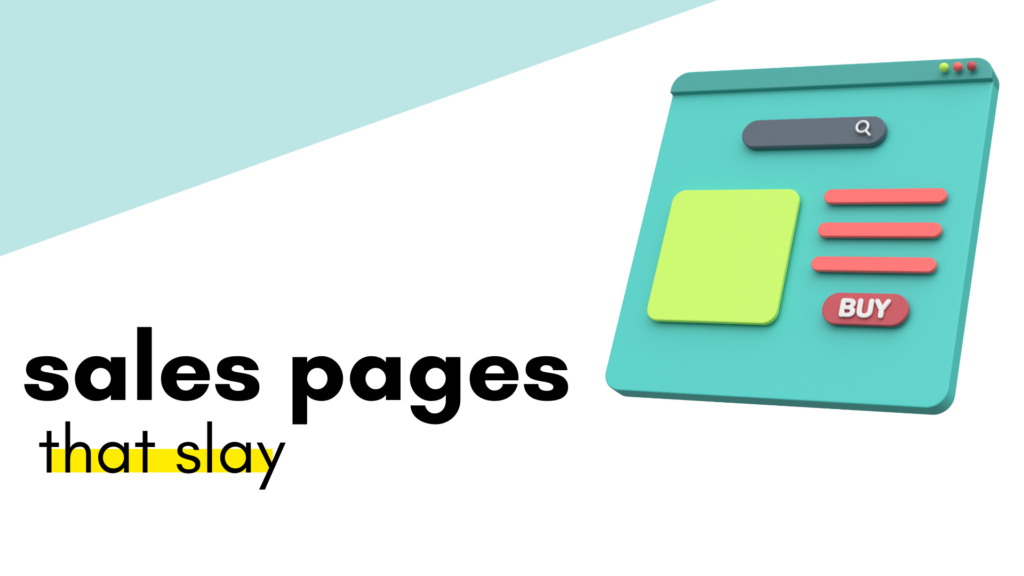
What is Ignite?
Ignite is a mastermind-esque monthly challenge group for TpT sellers. Each month, we come together and focus on a topic with a specific list of tasks to help you complete that month’s challenge. We work hard to ensure that each month’s challenge will help you improve your TpT business and sell more products. Enrollment is always open, so feel free to join us at any time!
Sales Pages That Slay Challenge
June’s Ignite challenge is all about creating sales pages that help us attract more customers, get our TpT products seen, and ultimately increase our sales. To help us achieve this goal, our content and materials for the June challenge focus on several topics. Each month in Ignite, Erin hosts a live kickoff call where she explains the challenge and all of the steps to help you complete it. Ignite members are given a chance to ask questions and interact with other sellers during this call.
This month, the live kickoff call focused on how to select products for a sales page, creating an outline for how the page should look, gathering high-quality images, writing compelling copy with effective calls to action, how to build the sales page using WordPress or Canva, optimizing the page for search engines, and where to share the sales page once it’s ready. We also discussed how sales pages are different from blog posts and the overall benefits of using them.
This month’s Ignite freebie is actually four freebies because we provided an entire sales page outline, plus three video tutorials with instructions for how to create the actual sales page using the WordPress editor, Elementor, and/or Canva websites. All of these helpful additions are free to Ignite members!
What I Learned from the Challenge
We’re only a few days into the challenge and I’ve already learned a ton about creating successful sales pages for TpT products. What I love about this challenge is that it’s a unique way to show your TpT product in a different light. We can do a lot with the TpT listing page with the thumbnails, preview, product description, etc., but sales pages give us a little bit more creative opportunity when it comes to showcasing our products. Plus they’re a great way to send more traffic to your own site!
1. AI is Your Friend
So many of the tasks for this month can be accomplished much more quickly with the support of AI. ChatGPT is probably the most popular AI tool, but others like Google Bard and Jasper can be useful too. Speaking of AI, we’re planning a special AI workshop that will be free to all Ignite members in the next couple of months. So stay tuned to hear all about that!
2. Start with a Strong Headline
Your headline is the first thing potential customers will see, so it’s important to make a good impression. Consider using online tools like Headline Analyzer to help you choose an attention grabbing headline. Another option is to use AI to generate a headline for you. Providing a few selling points or a link to your TpT product listing will help AI create better headlines.
3. Define the Problem Your Product Solves
A quick note: We’re using the PAS copywriting framework to help us structure our copy so that it’s clear, concise, and persuasive. PAS stands for Problem, Agitation, Solution. Basically, the goal is to identify the problem, agitate it so your customer understands the full extent of the issue, and then offer a solution for the problem using your product.
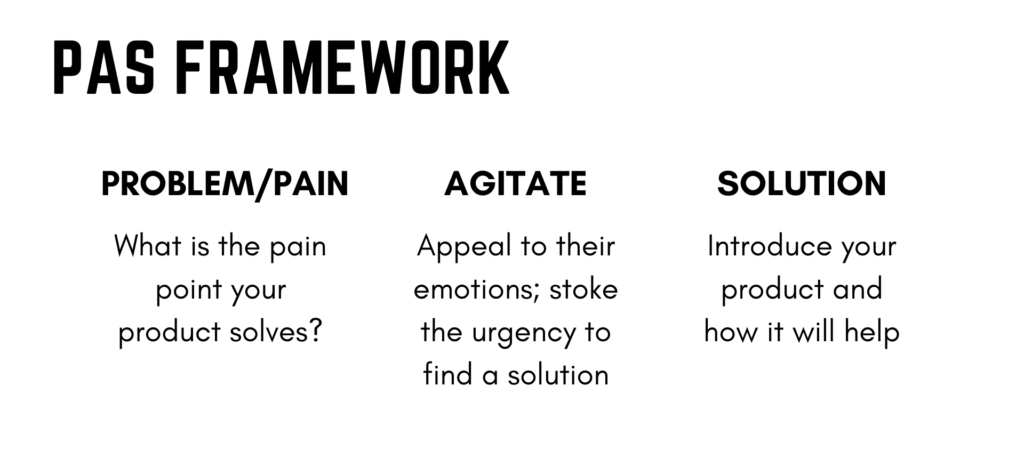
At the problem stage, it’s important to remember that you’re not discussing the actual product yet. You’re setting up a problem that your resource will solve. What are your customers struggling with? What would make their lives easier? Start there as you’re thinking about how to present the problem. If you’re feeling stuck, you can post a link to your product in ChatGPT and ask it to generate a list of pain points it will solve. It’s really helpful to mix in personal anecdotes and your own experiences with anything AI creates just to make it feel more personal and relatable to your audience.
4. Let’s Agitate
The next step is to create some agitation. Think of it like your washer’s agitator that spins things around. Now is your chance to stir up emotions and really help your customers see that the pain point you discussed really is a problem that they want solved. Your goal is to get your audience primed and eager for a solution. Answer questions like what will happen if the problem goes unsolved? What will their life look like if they don’t find an answer to this problem?
5. Provide a Solution
Now it’s time for you to show how your product or resource provides a solution to the problem. This section is where you’re going to introduce your product, talk about the features it has and why teachers will love it, and show what’s included with high-quality images. Make sure you connect back to the original problem and make it 100% clear how your resource solves that problem. This is another opportunity to share your product link with AI and have it generate a list of benefits to using the resource. Provide details like how it’s different from competing products, everything that’s included, how much class time it will take, different ways it can be used, the price of your resource, etc.
6. Testimonials
Including testimonials on your sales page is a way for you to show social proof that your product is being used and that it provides solutions. Try to match testimonials with information you’ve already discussed on the sales page. Including screenshots of actual TpT reviews can be very powerful!
7. Call to Action
Now that you’ve shared valuable information about your resource and the solutions it provides, it’s time to make a call to action. What do you want buyers to do? For most TpT product sales pages, we simply want them to make a purchase. You want this process to be as effortless as possible though! Consider linking to TpT (or your own website store if you’re selling it there) with a button that is highly visible and invites clicks.
8. Putting It All Together
The bottom of your sales page is a good place to restate the main points. In just a couple sentences, reiterate the problem and how your resource provides a solution. Make your call to action as visible and painless as possible. Remember, a good sales page is clear, concise, and informative. It should be easy for potential customers to understand what your product is, why they need it, and how to buy it.
Conclusion
Creating a good sales page takes time and effort, but it’s definitely worth it. If you’d like more details about this challenge or future challenges, remember you can join us in Ignite whenever you’re ready. We’d love to have you!
Let’s connect!
Join us in Ignite, the free Facebook group, or follow us on Instagram, and TikTok!

